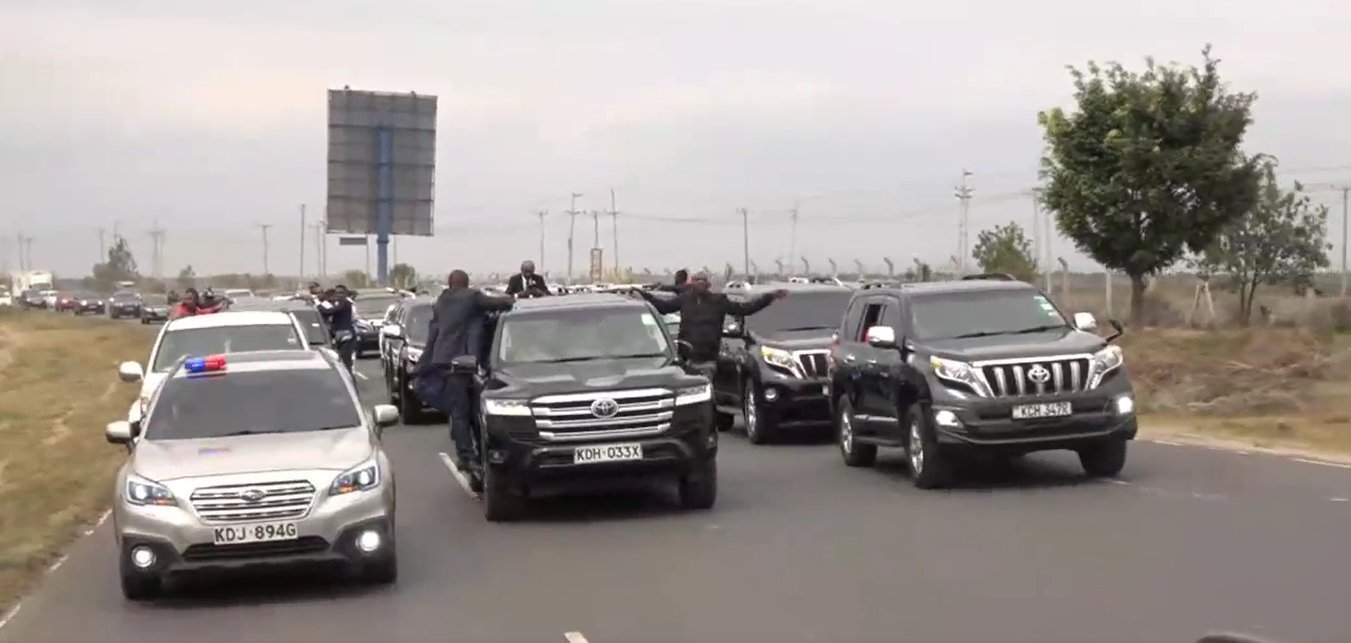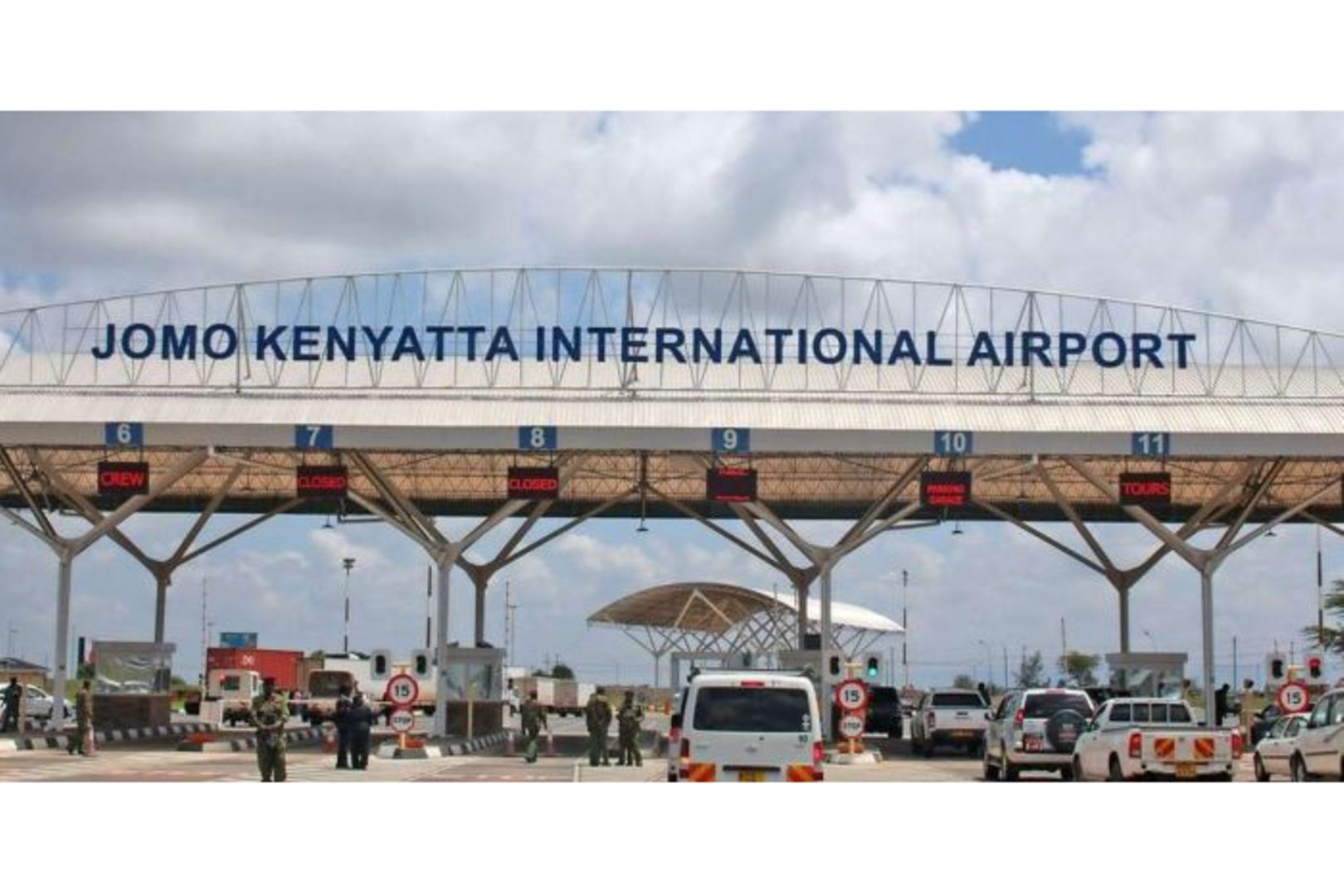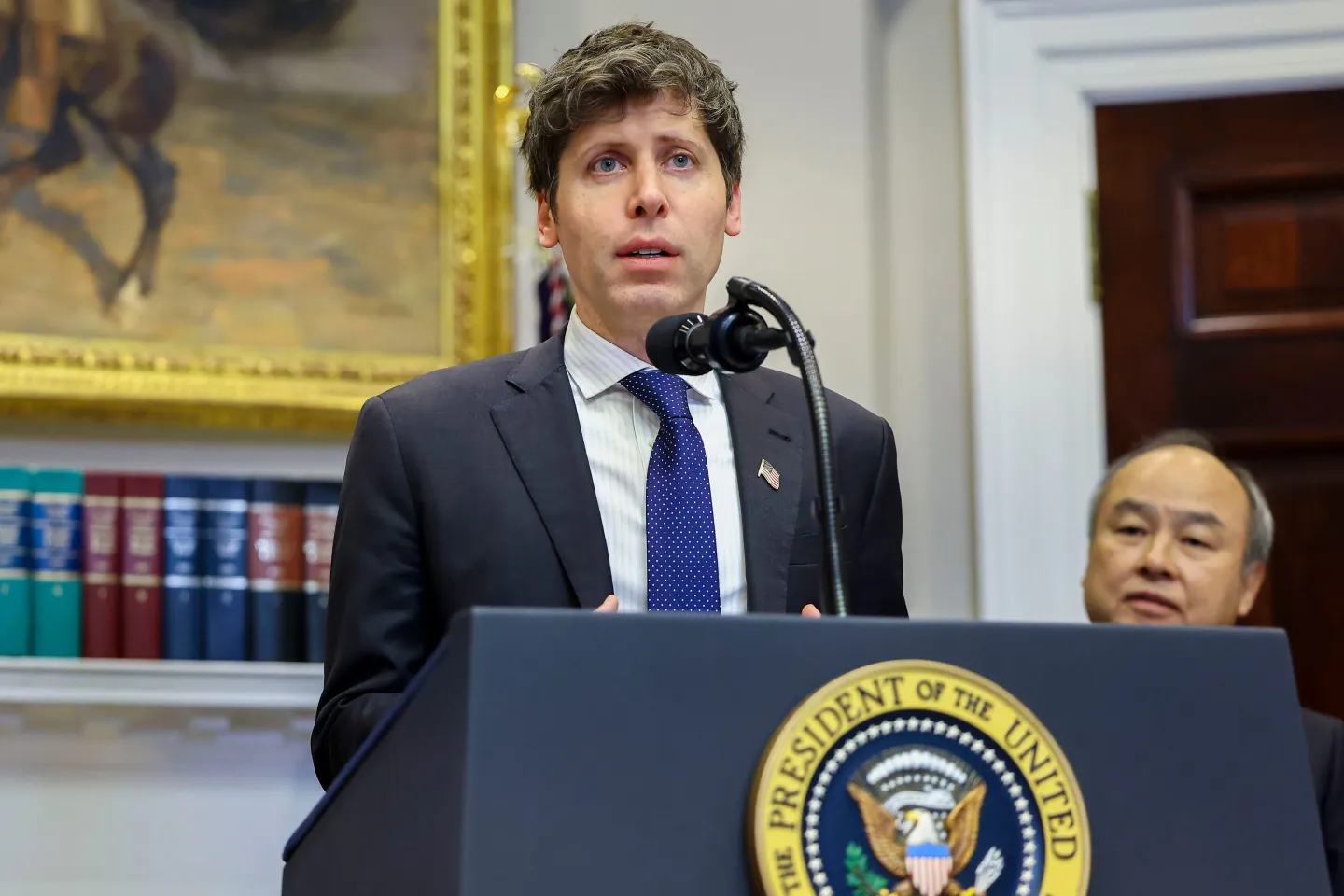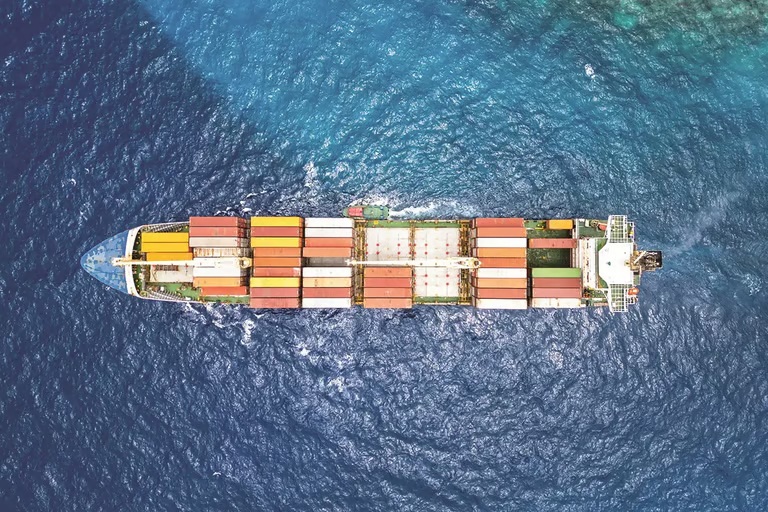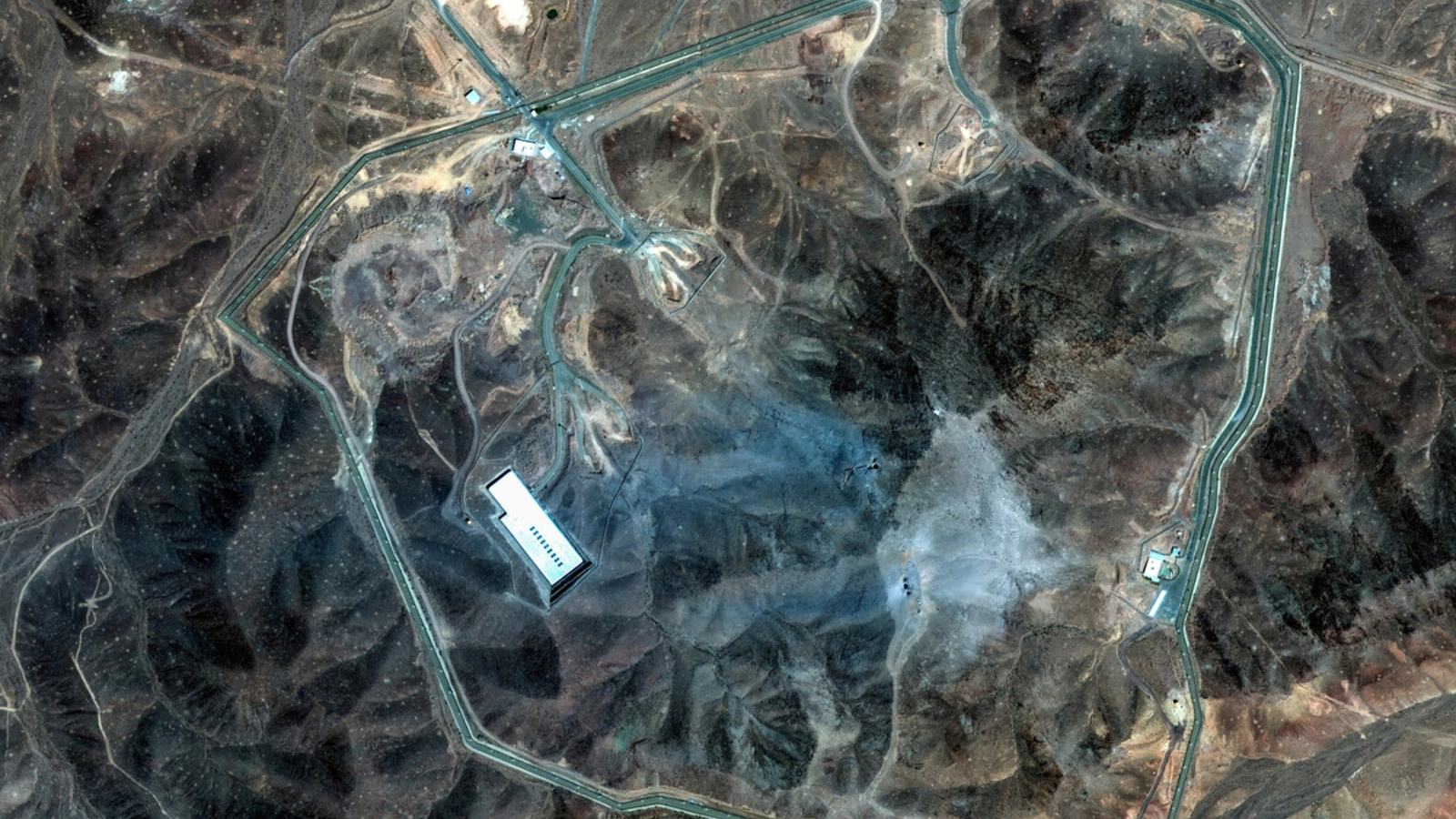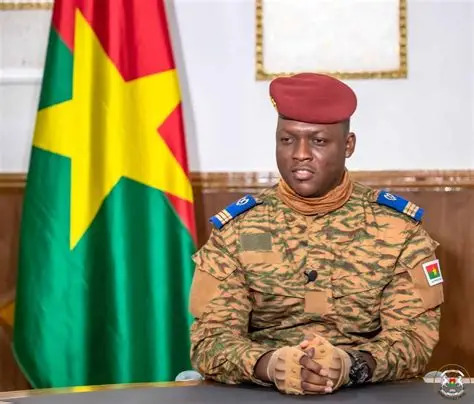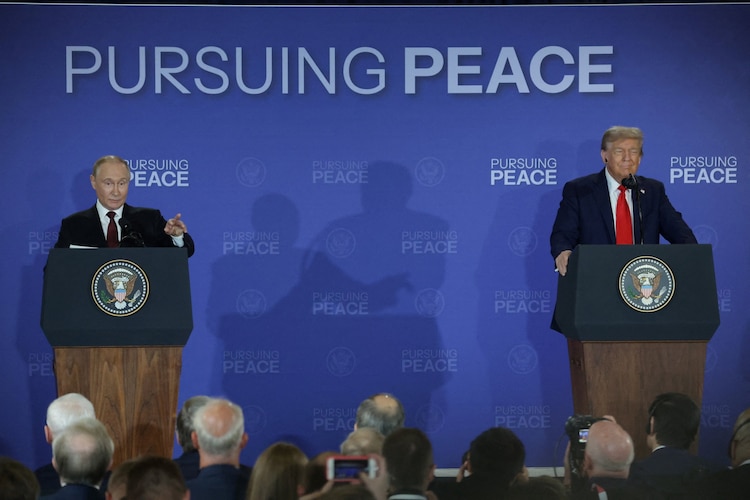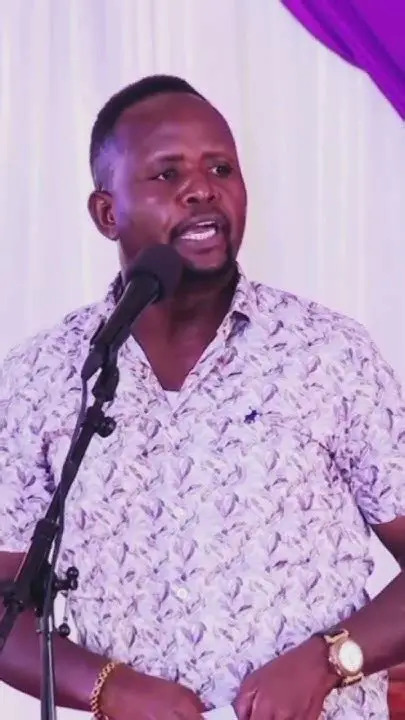The haunting wails of malnourished infants echo through Gaza’s skeletal hospitals, where doctors ration saline drips and perform amputations without anesthesia. As temperatures soar above 40°C (104°F), parents cradle listless children under makeshift tents, their skin stretched taut over protruding ribs. This is Gaza in August 2025—a landscape of rubble and ruin where 470,000 people face starvation (22% of the population), hospitals overflow with gunshot victims, and Israel’s planned occupation of Gaza City threatens a new wave of mass displacement. The territory’s agony, now in its 22nd month, has escalated into a catastrophe redefining the boundaries of human suffering.
I. Anatomy of a Man-Made Famine
Starvation as Policy
Israel’s systematic blockade has transformed Gaza into a dystopian wasteland. After shutting off electricity to Gaza’s main desalination plant in March, 500,000 Palestinians lost access to clean water—a war crime according to Médecins Sans Frontières. Today, dehydration and waterborne diseases surge as temperatures hit record highs, with sewage contaminating 70% of groundwater reserves. Families survive on less than 5 liters of water daily—one-third of the WHO’s survival minimum.
Israel’s systematic blockade has transformed Gaza into a dystopian wasteland. After shutting off electricity to Gaza’s main desalination plant in March, 500,000 Palestinians lost access to clean water—a war crime according to Médecins Sans Frontières. Today, dehydration and waterborne diseases surge as temperatures hit record highs, with sewage contaminating 70% of groundwater reserves. Families survive on less than 5 liters of water daily—one-third of the WHO’s survival minimum.
The Children’s Graveyard
At Gaza’s last functional hospital in Rafah, doctors record over 100 child deaths from malnutrition—a figure the UN calls "the tip of the iceberg." Infants like 3-year-old Hassan Barbakh succumb to kidney failure after weeks without protein, their bodies unable to process scavenged scraps. The collapse of neonatal care has spiked miscarriages by 300%, creating a generation that may never recover from stunted development.
At Gaza’s last functional hospital in Rafah, doctors record over 100 child deaths from malnutrition—a figure the UN calls "the tip of the iceberg." Infants like 3-year-old Hassan Barbakh succumb to kidney failure after weeks without protein, their bodies unable to process scavenged scraps. The collapse of neonatal care has spiked miscarriages by 300%, creating a generation that may never recover from stunted development.
Table: Gaza’s Humanitarian Abyss
On March 18, 2025, Israel shattered a fragile ceasefire with Operation Might and Sword—a surprise dawn bombardment that killed 855 Palestinians in hours, including 263 women and children. Codenamed for biblical vengeance, the strikes targeted refugee shelters, schools, and homes across Gaza City, Khan Yunis, and Rafah.
The Al-Tabi’in School Massacre: A direct hit on a UN-sanctioned shelter collapsed ceilings onto families who had fled earlier evacuations. Seventeen members of the al-Haddad clan perished in a single Rafah strike, their names joining the 52,000+ dead since October 2023.
Weaponizing Aid: Preceding the assault, Israel imposed an 11-week total aid blockade—no food, medicine, or fuel entered Gaza. Amnesty International declared this “calculated genocide,” noting Netanyahu’s cabinet had approved the strategy weeks earlier.
The attacks marked a geopolitical turning point: the ICC issued arrest warrants for Netanyahu and Defense Minister Yoav Gallant for crimes against humanity, while the UN Security Council convened in emergency session.
III. Silencing Witnesses: The War on Journalists
Gaza has become the deadliest conflict for journalists in modern history. Israel’s drone assassination of Al Jazeera correspondent Anas al-Sharif on August 10 epitomized a campaign that has killed hundreds of media workers since 2023.
Targeted Suppression: Al-Sharif, who had documented mass graves and starving children, was labeled a “Hamas operative” by Israel—a claim his network vehemently denied. UNESCO condemned the killing as part of a “systematic erasure of truth.”
Western Complicity: German media outlets amplified Israeli smears against Palestinian reporters in the lead-up to the attacks, facilitating what Al Jazeera’s managing editor called “a license to murder.”
IV. The October 7 Occupation Plan: Ethnic Cleansing 2.0
Israel’s security cabinet recently approved a plan to occupy Gaza City by October 7, 2025—the second anniversary of Hamas’ attack. The strategy involves forcibly evacuating 1 million Palestinians into central camps, cutting all aid to the city to “encourage” exodus.
Military Dissent & Diplomatic Fury
Chief of Staff Eyal Zamir warned the cabinet the plan would “worsen the humanitarian catastrophe” and endanger the 20 remaining living hostages. His alternative proposal—encirclement instead of occupation—was overruled. Opposition leader Yair Lapid blasted it as a “death sentence to hostages,” while Australia’s Foreign Minister Penny Wong called it “permanent forced displacement” violating international law.
Chief of Staff Eyal Zamir warned the cabinet the plan would “worsen the humanitarian catastrophe” and endanger the 20 remaining living hostages. His alternative proposal—encirclement instead of occupation—was overruled. Opposition leader Yair Lapid blasted it as a “death sentence to hostages,” while Australia’s Foreign Minister Penny Wong called it “permanent forced displacement” violating international law.
The ‘Galang Island’ Lifeline
Amid global inaction, Indonesia is converting a former Vietnamese refugee camp into a medical sanctuary for 2,000 wounded Gazans. The site, 800 miles from Gaza, underscores the vacuum left by Western nations—the UK, for instance, had accepted zero medical evacuees by late 2024.
Amid global inaction, Indonesia is converting a former Vietnamese refugee camp into a medical sanctuary for 2,000 wounded Gazans. The site, 800 miles from Gaza, underscores the vacuum left by Western nations—the UK, for instance, had accepted zero medical evacuees by late 2024.
V. Resistance and Resilience: Gaza’s Unbroken Spirit
The Medics of Last Resort
At the Red Cross field hospital in Rafah, teams perform 40 surgeries daily under tarpaulin roofs, treating 2,200 weapon-wounded patients since May—exceeding 2024’s total. Nurse Haitam al-Hasan describes “people screaming, rushing... mostly gunshot injuries” as mass casualty events overwhelm their 60-bed facility.
At the Red Cross field hospital in Rafah, teams perform 40 surgeries daily under tarpaulin roofs, treating 2,200 weapon-wounded patients since May—exceeding 2024’s total. Nurse Haitam al-Hasan describes “people screaming, rushing... mostly gunshot injuries” as mass casualty events overwhelm their 60-bed facility.
Underground Universities
With 87% of schools destroyed, teachers hold secret classes in bomb shelters. The Palestine Red Crescent Society has opened 25 underground clinics since October 2023, including a Women’s and Maternity Department delivering babies by smartphone light.
With 87% of schools destroyed, teachers hold secret classes in bomb shelters. The Palestine Red Crescent Society has opened 25 underground clinics since October 2023, including a Women’s and Maternity Department delivering babies by smartphone light.
Conclusion: The Hourglass of Humanity
Gaza today is a clock ticking toward midnight. As Israel prepares to seize Gaza City, politicians debate statehood timelines, and children scavenge for crumbs in rubble, the world faces a moral reckoning. The territory’s 2.3 million people are not merely casualties of war but test subjects for a terrifying new paradigm: the industrialized dismantling of a society.
When the Red Cross warns that malnutrition “risks impacting not only this generation but the next,” it acknowledges Gaza’s deepest wound: the extinguishing of futures. Yet in the darkness, sparks persist—a doctor returning at age 70 to treat the starving, journalists documenting their own funerals, fathers singing lullabies amid the drones. Their defiance is Gaza’s epitaph and its resurrection: “We are still here.”
For ongoing coverage of Gaza’s humanitarian crisis, visit Al Jazeera’s Gaza Desk and UN News. Support medical evacuations via the Red Cross Gaza Crisis Appeal.
